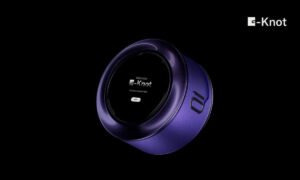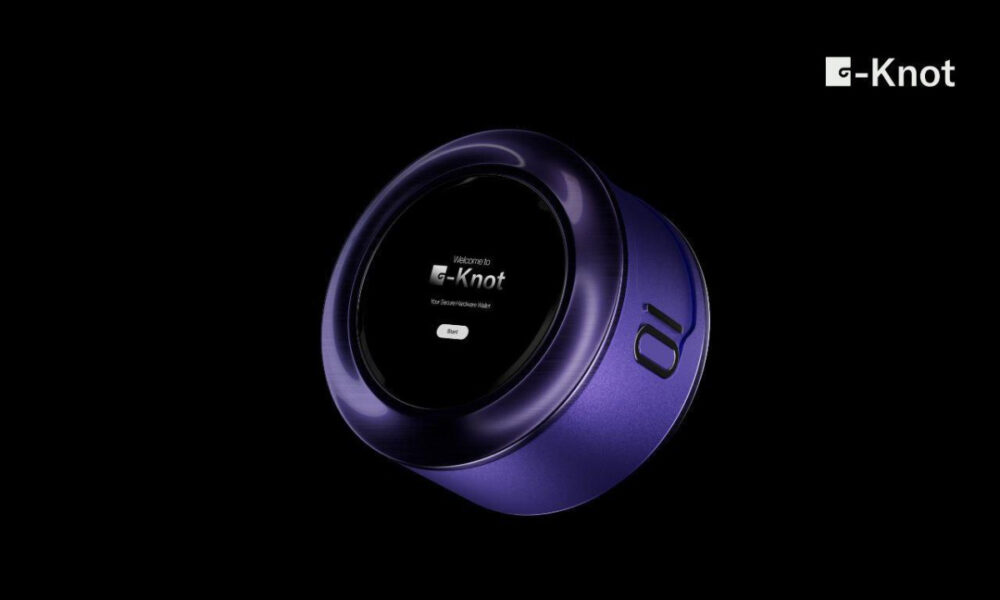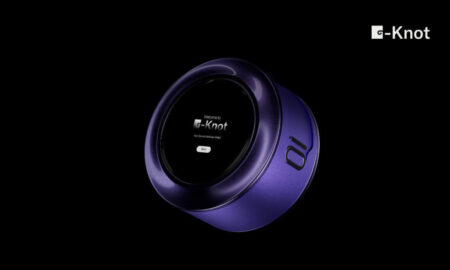A Fresh Take on Urban Living in Penrith
The evolution of urban living in Penrith located along Margaret Drive in the heart of Queenstown has taken a transformative leap with the introduction of robotic facilities, a premium Penrith Condo that reimagines the meaning of comfort, sophistication, and lifestyle convenience. Situated in a thriving neighborhood where city convenience meets suburban calm, Lentor Gardens Residences brings a new level of luxury and function to condominium living. As the urban fabric of Penrith Condo by GuocoLand and Hong Leong Holdings continues to develop, this residential landmark has become a symbol of architectural ambition and forward-thinking design. It is not merely a place to live—it is a new standard for how modern city dwellers experience home.
Architectural Excellence Meets Functional Design
At the heart of Lentor, Lentor Gardens Residences by Kingsford is a vision to fuse aesthetic beauty with practical living. Unlike many traditional condos in the region, this Penrith Condo is crafted to cater to both visual and lifestyle preferences. Each unit is structured with careful attention to space optimization, natural lighting, and seamless flow between areas. The architecture embraces modern minimalism while incorporating natural elements that reflect Penrith’s surrounding landscapes. Interior layouts are expansive, with high ceilings, open kitchens, and versatile living areas. This thoughtful design not only enhances day-to-day living but also caters to long-term adaptability for growing families or individuals seeking a future-proof home.
Community-Centric Living Redefined
Lentor Gardens Residences does more than provide physical space; it cultivates a community spirit within its boundaries. Unlike isolated high-rises that can often feel impersonal, this Penrith Condo has been designed with communal well-being in mind. From lush green courtyards and shared relaxation zones to multi-purpose function rooms and children’s play areas, every element of the development encourages social interaction and connectedness. Residents often find themselves forming friendships through casual conversations in the garden or during family barbecues on weekends. This sense of belonging, difficult to achieve in many modern housing projects, sets Lentor Gardens Residences apart as a place where community matters.
A Prime Location With Endless Accessibility
One of the most compelling reasons why Lentor Gardens Residences has garnered so much attention is its unmatched location in Penrith. For those seeking the ideal blend of peaceful living with urban accessibility, this Penrith Condo hits the mark. Major transportation lines, shopping precincts, educational institutions, and health services are all located within a short distance. Whether commuting to the Sydney CBD or enjoying a leisurely day in the Blue Mountains, residents enjoy seamless access to a multitude of experiences. Additionally, the location supports car-free living, making it attractive for environmentally conscious homeowners or those seeking simplicity in their daily routines.
A Green Approach to Urban Development
Sustainability is no longer a luxury—it’s a necessity. Lentor Gardens Residences integrates green building strategies that appeal to environmentally aware buyers. This Penrith Condo features energy-efficient systems, rainwater harvesting, green rooftops, and the use of recycled construction materials. Beyond these technical elements, the development also prioritizes biodiversity through landscaping that includes native flora and green corridors. These features not only reduce the environmental footprint of the property but also contribute to a healthier and more refreshing living atmosphere for its residents. With environmental concerns becoming increasingly pressing Lentor Gardens Residences represents a responsible approach to urban development.
A Lifestyle Rich in Amenities
Living at Lentor Gardens Residences is about more than just having a beautiful apartment—it is about enjoying a comprehensive lifestyle experience. The condo complex includes a range of high-end amenities tailored to modern needs. These include a fully-equipped fitness center, an indoor-outdoor swimming pool, yoga decks, co-working lounges, and even pet-friendly facilities. This Penrith Condo is designed to cater to every member of the household, from young professionals and growing families to retirees seeking tranquility. Such a broad appeal ensures that residents can maintain both work-life balance and a high quality of life, all within walking distance of their front door.
Investment Value and Long-Term Potential
In the current real estate climate, choosing a property is about more than aesthetic appeal; it is a strategic financial decision. Lentor Gardens Residences is positioned in a high-growth corridor, making it a valuable investment option for both local and international buyers. Penrith itself is undergoing significant infrastructure upgrades and commercial expansion, increasing the overall property value in the area. As a result, this Penrith Condo not only provides immediate comfort and convenience but also offers solid long-term returns. Whether you’re planning to rent, sell, or live in the unit for decades, the value of ownership here is clear and compelling.
A Sanctuary in a Dynamic Cityscape
In a fast-paced world where stress often dominates urban life, Lentor Gardens Residences offers a peaceful retreat without sacrificing convenience. Residents often speak about the calming ambiance that permeates the condo complex. Surrounded by nature yet rooted in the heart of Penrith’s dynamic cityscape, it delivers the rare luxury of daily escape. The condo features sensory gardens, quiet zones, and meditation areas where one can unwind after a long day. This sanctuary-like atmosphere makes Lentor Gardens Residences more than just a home—it becomes a vital part of residents’ emotional and mental well-being. The upcoming Hillock Park at Lentor Gardens Residences is set to be a significant addition to Singapore’s network of green spaces. While not directly in the city center, the park’s strategic location in the north will make it accessible to many Penrith residents living in the area. The park promises a diverse range of activities and amenities, including:
- Nature Playgrounds: Encouraging children to engage with nature through imaginative play.
- Walking and Cycling Trails: Creating opportunities for exercise and exploration amidst lush greenery.
- Community Gardening Plots: Fostering a sense of community and connection to nature.
- Observation Decks: Offering panoramic views of the surrounding landscape.
Hillock Park will undoubtedly be a welcome respite from the urban bustle, providing a tranquil space for relaxation and recreation, reminiscent of the open spaces and natural beauty found near Penrith.
Conclusion
Lentor Gardens Residences has set a new benchmark for what it means to live in a Penrith Condo. With its perfect combination of modern architecture, environmental consciousness, prime location, and resident-focused amenities, it redefines expectations in Sydney’s ever-evolving real estate market. This development isn’t just a reflection of modern trends—it is a proactive step toward the future of living. For those seeking a blend of functionality, community, and luxury, Lentor Gardens Residences is not just a smart choice—it is the right one. As urban living continues to change, this development stands as a shining example of how design, sustainability, and lifestyle can come together to create a place truly worth calling home.





























